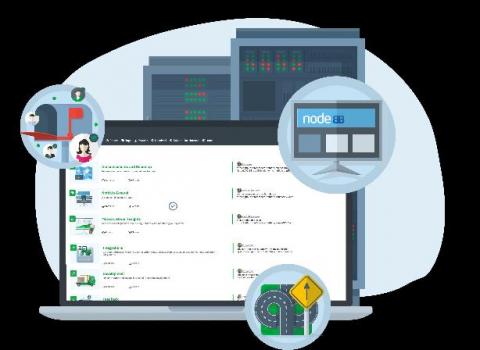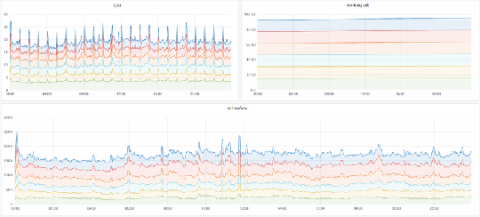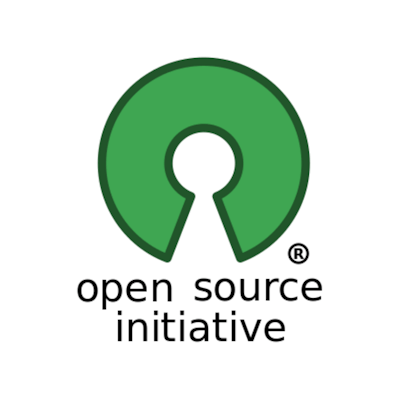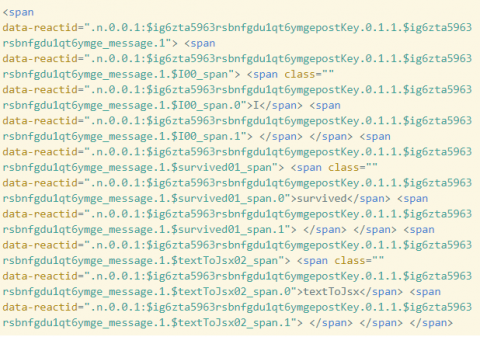The Netdata Community Powered by NodeBB
We recently adopted NodeBB as our software of choice for building the Netdata Community. We have many good reasons for why we wanted to provide our community with a proper home online, but I wanted to cover some of the technical reasons for choosing NodeBB for our platform, and the many parallels between the NodeBB and Netdata projects, which was certainly a driving force behind this decision.











